by Rob Bisceglie
CEO, Action for Healthy Kids
As a basketball fanatic and coach, I challenge all sports fans and caring community members to take a quick break from March Madness to advocate for one often overlooked part of our education system that is critical to the development of the student athletes who are wowing us during this year’s tournament: physical education.
For the last several years, I was fortunate to coach my 13-year-old son’s basketball team. I spent a lot of time preparing for each practice and game, reading up on coaching techniques and watching an endless number of videos on new drills to keep practices fresh and fun. It was quite a bit of work, but I can’t imagine a better use of my time because I got to play a unique role in helping this group of boys become young men. It was one of the best experiences of my life, which I’m trying to prolong by coaching my 10-year-old daughter’s team for the last three years as well.
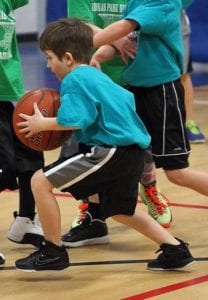 A couple weekends ago, my son’s team had its last game ever since the boys are now moving toward playing on their high school team. It was an emotional day for me, the boys and the other three coaches. I look back at pictures of those little guys on our team and can’t believe it’s all over. After a couple weeks of reflecting on this coaching/fatherhood experience, I have been reminded about the many reasons I cherished this experience and the many reasons I so value youth sports, physical education (PE) and physical activity in all its forms. Quite honestly, I believe there’s nothing greater for the health and well-being of our kids—and for us adults, as well.
A couple weekends ago, my son’s team had its last game ever since the boys are now moving toward playing on their high school team. It was an emotional day for me, the boys and the other three coaches. I look back at pictures of those little guys on our team and can’t believe it’s all over. After a couple weeks of reflecting on this coaching/fatherhood experience, I have been reminded about the many reasons I cherished this experience and the many reasons I so value youth sports, physical education (PE) and physical activity in all its forms. Quite honestly, I believe there’s nothing greater for the health and well-being of our kids—and for us adults, as well.
First, fewer than 25% of kids between the ages of 6 and 17 get the recommended 60 minutes of daily physical activity. This epidemic of youth inactivity is a massive challenge with many causes, but some of the solutions could not be more straightforward. When they’re young, we need to much more regularly provide our kids with opportunities to play and develop basic motor skills. As they reach school age, we also need to provide them with high-quality PE that teaches them how to be active for a lifetime and before- and after-school opportunities to practice what they learn in PE.
Sometimes, the skills our kids learn by playing and participating in PE will translate into a love of sport. It doesn’t matter exactly how play and PE translate into a lifetime of physical activity, but we must do all we can to encourage this foundation of lifelong health. The opportunity for my son and daughter and their basketball friends to get out on the court—even when we were restricted to one child per basket with a mask on—was invaluable not only to their physical health but also their emotional well-being. Throughout the pandemic, after getting into that gym and working up a sweat practicing our individual skills at separate baskets, we all left the gym feeling a little bit healthier and a little bit happier.
Second, when adults get involved with kids for a sport or other activity or engage in PE, everyone wins. According to decades of indisputable research, another foundation of lifelong health for children addresses their ability to form nurturing relationships with adults. In my case on the basketball court, our team of coaches spent a large percentage of our time talking not about becoming a better basketball player, but about becoming a respectful and contributing member of our society. The relationships we’ve built with our boys and girls extend far beyond the gym walls. As I told the members of my teams many times, even if they stop playing basketball tomorrow, they’ll always be on my team and I’ll always be pulling for and helping them in any way I can. I know the other coaches feel the same way.
Coaches and educators are often among the most trusted adults in a child’s life. And physical educators are no exception. In my family, when we sit down during dinner to talk about our days, my kids have always told me about what they did in PE that day. For many kids (unfortunately not all, I recognize), PE is a highlight of their day. It’s a time during which they get to blow off steam and have some fun, while learning about teamwork, improving their confidence and self-esteem and connecting with their peers and PE teacher. Because of my work at Action for Healthy Kids (AFHK), I’ve gotten to know many PE teachers over the years. So many of them are such remarkable, dedicated people who care foremost about the health and well-being of their students that I couldn’t feel better about kids connecting with them to find the nurturing support they need.
I realize that not all families can afford youth sport programs. Therefore, it is abundantly clear that parents and caring community members must join together to advocate for high-quality PE for all kids. Take action today by using these template letters to write to your school or district leaders and urge them to prioritize PE. Then join the Active Schools movement to pledge your support and become an advocate active kids everywhere. My kids and all of our kids’ health and well-being depend on it.
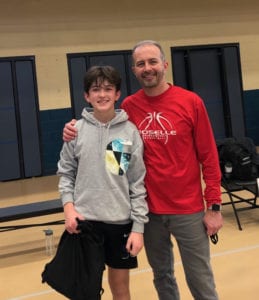
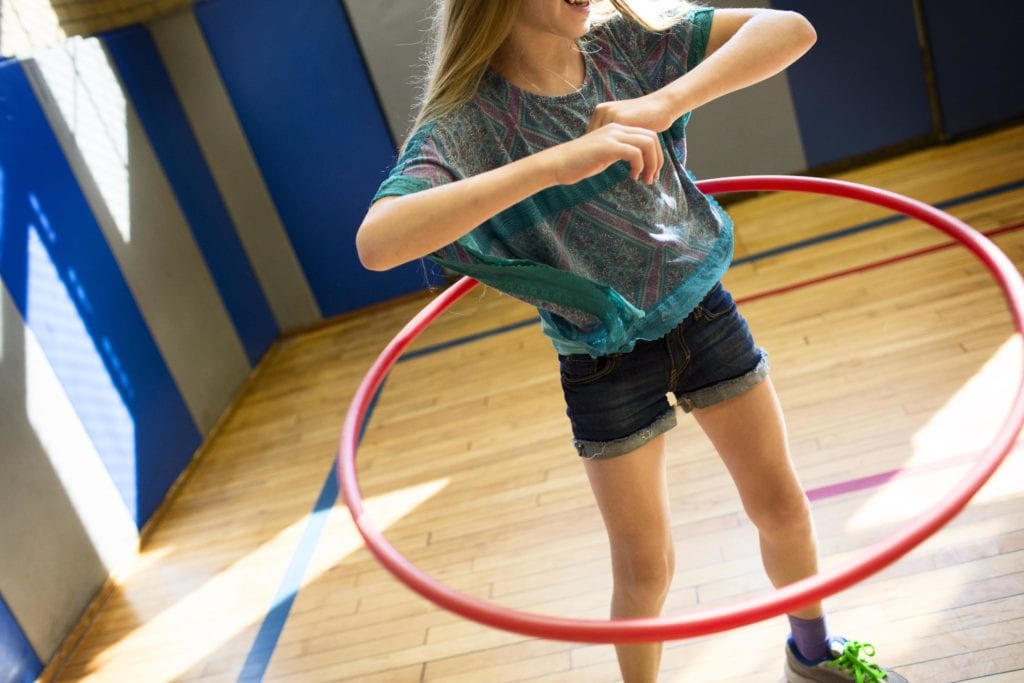
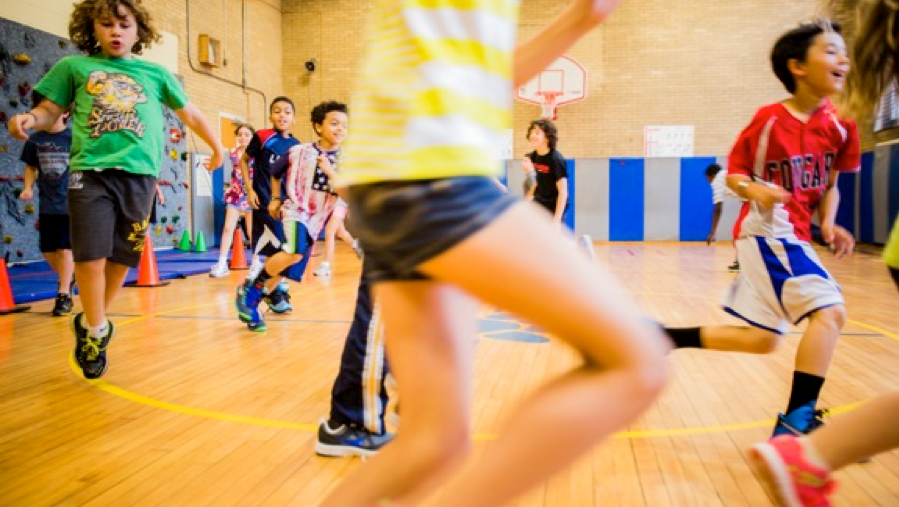
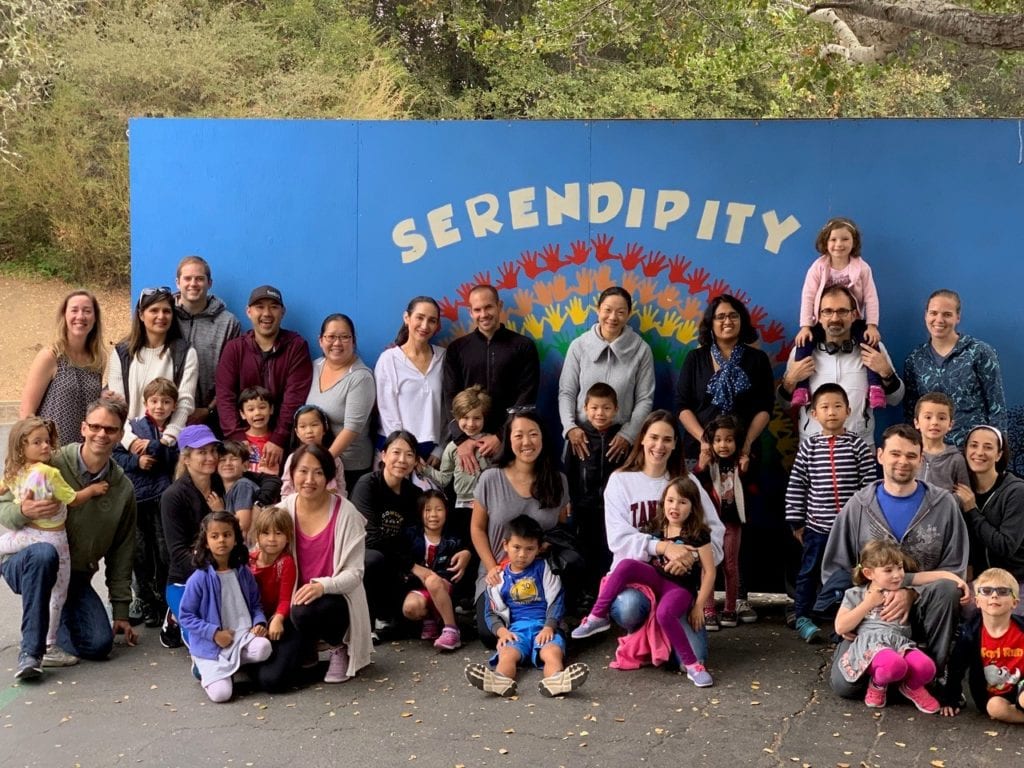
Being able to coach you kids is a great opportunity and your experience sounds so rewarding and memorable. Having parents engage with their kids in sports is such a wonderful opportunity for family bonding and role modeling. And you are right on all of your points! Especially that PE is the highlight of many kid’s day. It is so critical that our kids get physical education classes, every day – so they can learn how to be healthy, socialize with their peers, and of course, be active! PE teachers are a key component to a child’s social and emotional well being! Thanks for you article, we Texans agree and support all Physical Educators!
Thanks, Michelle! Couldn’t agree more.